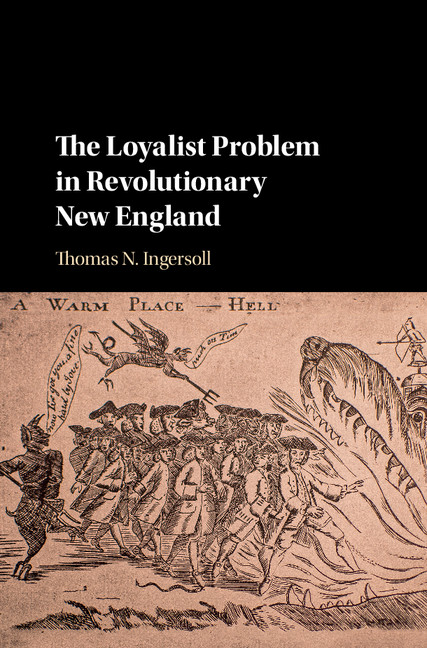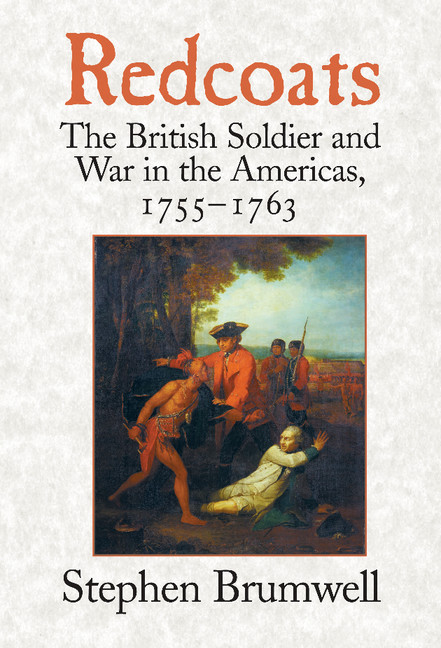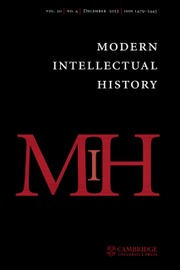The Loyalist Problem in Revolutionary New England
The Loyalist Problem in Revolutionary New England begins with a snapshot of the region on the eve of the Boston Tea Party. The colonists' Republican tradition helped them spark the Revolution, but their special history also threatened the unity of the United States throughout the Revolutionary War, for Loyalists tried to discredit New Englanders as a naturally rebellious people. Yet Ingersoll shows that the rebels never sought to drive the dissenters out of the new nation, and accorded them a remarkable degree of liberal toleration, with the great majority of Loyalists ultimately becoming citizens of the new states.
- Revives our understanding of the importance of English and American history to Americans in 1776
- Explains how the rebel ideology developed partly in opposition to Loyalist ideology, and how the majority of Loyalists remained in the new states
- Provides a synthetic structure of scholarship on early New England
Reviews & endorsements
"Deeply researched and cogently argued, Thomas Ingersoll’s The Loyalist Problem in Revolutionary New England brilliantly exposes the roots of the American Revolution in the original settlement of New England. His book is a must-read for any student of the founding of our nation."
Graham Russell Gao Hodges, Colgate University, New York
'In this fascinating and provocative contribution, Tom Ingersoll persuasively argues that Loyalism and Loyalists fundamentally shaped the American Revolution. Not only did they push rebels to achieve a high degree of unity, but their continued presence militated for a revolution based on a broad (and admittedly somewhat vague) principles. This interpretation offers readers much to contemplate.' Carla Gardina Pestana, University of California, Los Angeles
Product details
October 2016Hardback
9781107128613
314 pages
235 × 160 × 25 mm
0.59kg
6 b/w illus. 1 map
Available
Table of Contents
- Introduction. History, revolutionary ideology, and the Loyalist problem
- Part I. New England in December, 1773:
- 1. The New England people in their towns on December 16, 1773: a historic mission at risk
- 2. Loyalists and Oliver Cromwell's ghost: the problem of the radical tradition in 1773
- 3. 'A moral distemper in the British Government': Loyalists, the ruling class, and the mailed fist
- Part II. From the Boston Tea Party to the War of Independence:
- 4. Rebels and Loyalists from December 16th, 1773 to September 1774
- 5. 'The attempts of a wicked administration to enslave America': the peace of the towns destroyed and the Loyalist cause, September, 1774 to April 19, 1775
- 6. 'Avoid blood and tumult': Loyalist policy during the war
- Part III. The Loyalist Problem and Ideology after 1776:
- 7. The radical critique of Tory oligarchy, slavery, and patriarchy
- 8. The 'ugly question' of confiscation
- 9. 'A day of strict reckoning' for 'a multitude of subtil enemies'?: New England Loyalists after 1783
- Conclusions.






